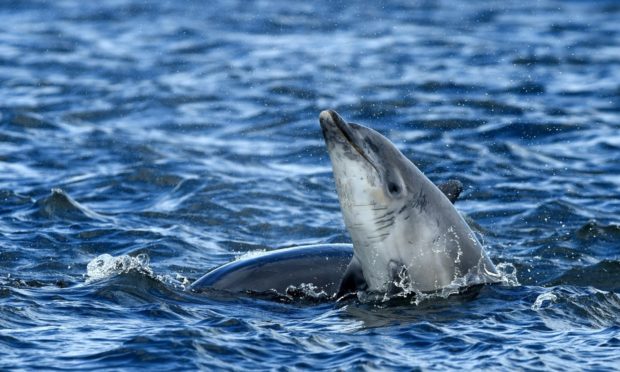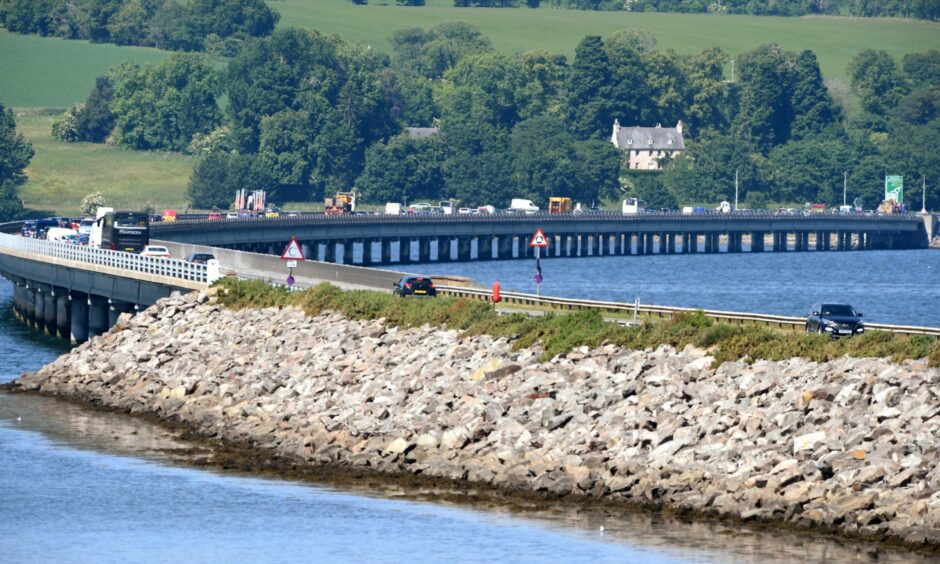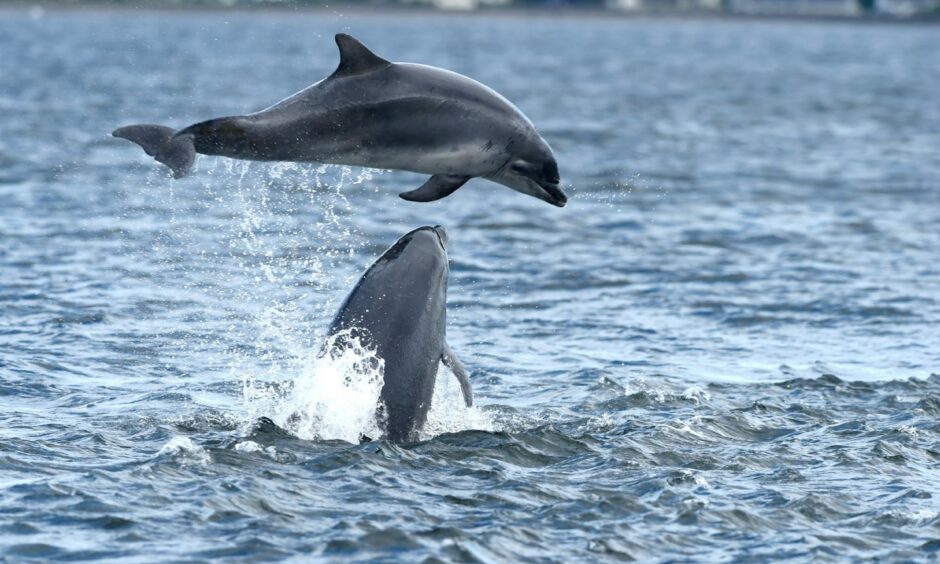Eight dolphins are now confirmed to have died in a stranding in the Cromarty Firth.
However, experts are relieved the death toll was not higher amid reports the pod contained up to 100 of the mammals.
Tests are now under way to establish whether anything contributed to cause the dolphins to come ashore and die.
How did the dolphins get stranded?
The pod of dolphins are believed to have entered the Cromarty Firth on August 12.
The group then entered Nigg Bay before being trapped in the area by the low tide.
It is believed their lack of local knowledge then hampered their attempts to find their way back to open water.
Dave McDonald, Inverness and Cromarty coordinater for British Divers Marine Life Rescue, told BBC Radio Scotland the death toll could have been far higher.
He said: “The ones we normally get in this area are coastal bottlenose dolphins, and they know how to deal with shallow and sloped beaches.
“They pretty much know how to avoid getting stranded, although it happens to them on occasion, it is very unusual for them to get into this kind of problem.
“These dolphins were much bigger and came from the west coast area and don’t know how to deal with that kind of sloped beach because they don’t encounter them where they are from.
“If they had completely dried out when they stranded it would have been a complete nightmare.
“We’re not happy that eight have died, but we’re quite relieved it was not as high as it could have been.”
The pod is now believed to have returned to open water.
What were the dolphins doing?
It is believed the dolphins entered the Cromarty Firth while chasing food.
Large amounts of mackerel are in the sea at this time, which the species eats with mullet, catfish, jellyfish and squid.
Dolphins are regularly seen on the west coast around the Inner Hebrides.
However, the Moray Firth remains among the best places to catch a glimpse of the stunning sea mammals.
Mr McDonald added: “Our best guess is they had come in chasing food. They were probably having a fun time, filling their boots and got caught out.”


